Dr. James Vance Boughner and His Morgantown Home
Posted by Jane Metters LaBarbara.July 15th, 2019
Blog post by Lori Hostuttler, Assistant Director, WVRHC.
The reference staff at the West Virginia & Regional History Center answers all kinds of interesting questions and it is always an extra pleasure when we can help patrons find that piece of information that they are very eager to find. I had that experience this week.
A patron arrived at the reference desk seeking information on James Vance Boughner, MD, and even more specifically, details regarding Dr. Boughner’s house that previously sat on North High Street in Morgantown. The patron lived in the upper floors of the house in the 1960s. He was certain that the house was altered at some time in the past because it was asymmetrical in shape and sat right next to the street. He wanted to know when that had taken place.
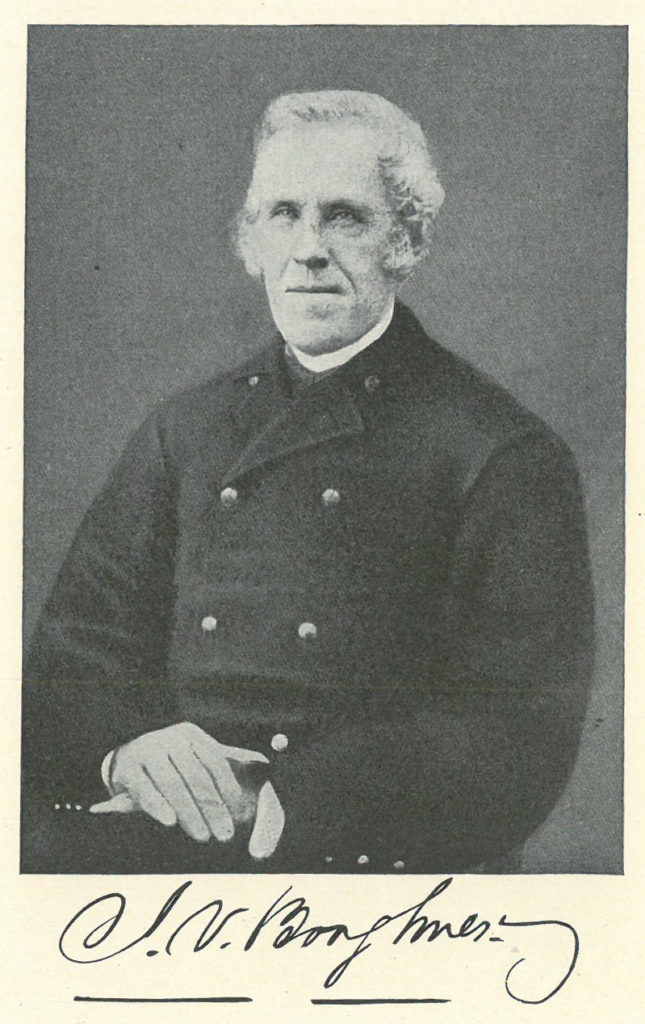
I searched the Center’s Guide to Archives and Manuscripts and found that we had a moderate size collection of Dr. Boughner’s papers. I was also able to find him in several publications by using the in-house Personal Name Index (not available online). The patron had already found some photos of the Boughner home online, and with the help of Center staffer Jessica Eichlin, we found more in the Center’s online photographs database, West Virginia History OnView.
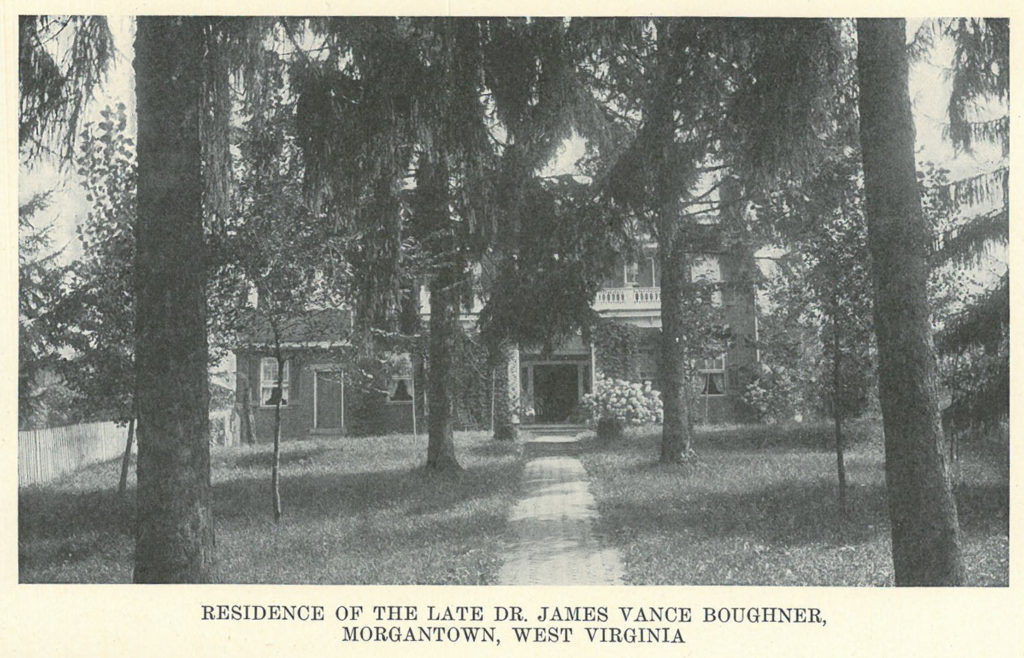
A little background on James Vance Boughner, who turns out to be an interesting figure in West Virginia history. His biography is included in James Morton Callahan’s the History of West Virginia: Old and New. (A transcript of his write up is available online.) Boughner grew up in Greensboro, Pennsylvania. He trained as a physician, read medicine with a Dr. Stephenson, attended the Cincinnati Medical College, finishing in 1837, and later received his M.D. from the Philadelphia College of Medicine in 1847. He married Louisa Brown and they had six children that they raised in Brown’s Mill in Monongalia County, Virginia (at the time.) Callahan states that the “arduous duties of general practitioner of medicine in a country district” took a toll on his health so Dr. Boughner retired from medicine and moved to Morgantown in 1859.
From the start of the Civil War, Boughner was a staunch unionist. He authored the resolutions against Virginia succession for Monongalia County and served as a delegate to the Wheeling Convention in May 1861. He was recognized as an “able and fluent writer” that kept up pro-union sentiment in the county through his contributions to local newspapers. After the war, he served as the internal revenue collector for the second district in the new state of West Virginia. (Many of the materials in the Boughner papers relate to this work.) He also served in the West Virginia legislature in the 1867-1868 term. In his later years, his interest turned towards operating a 500 acre farm near Fairmont located twenty miles from his home in Morgantown. He died a couple months before his seventieth birthday in 1869 and was remembered for his optimism and “brilliant and scintillating wit.”
Back to the question of the alteration of the Boughner house. The home sat on North High Street in back portion of the lot now occupied by Panera Bread. In the 1960s, it was a residence on the upper floors with a restaurant, the Snack Shack, in the basement.
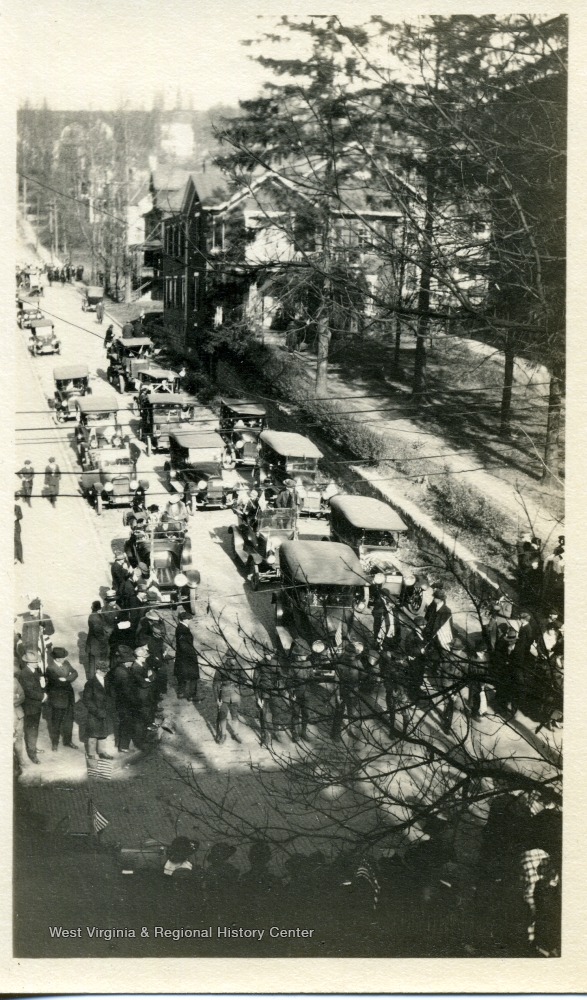
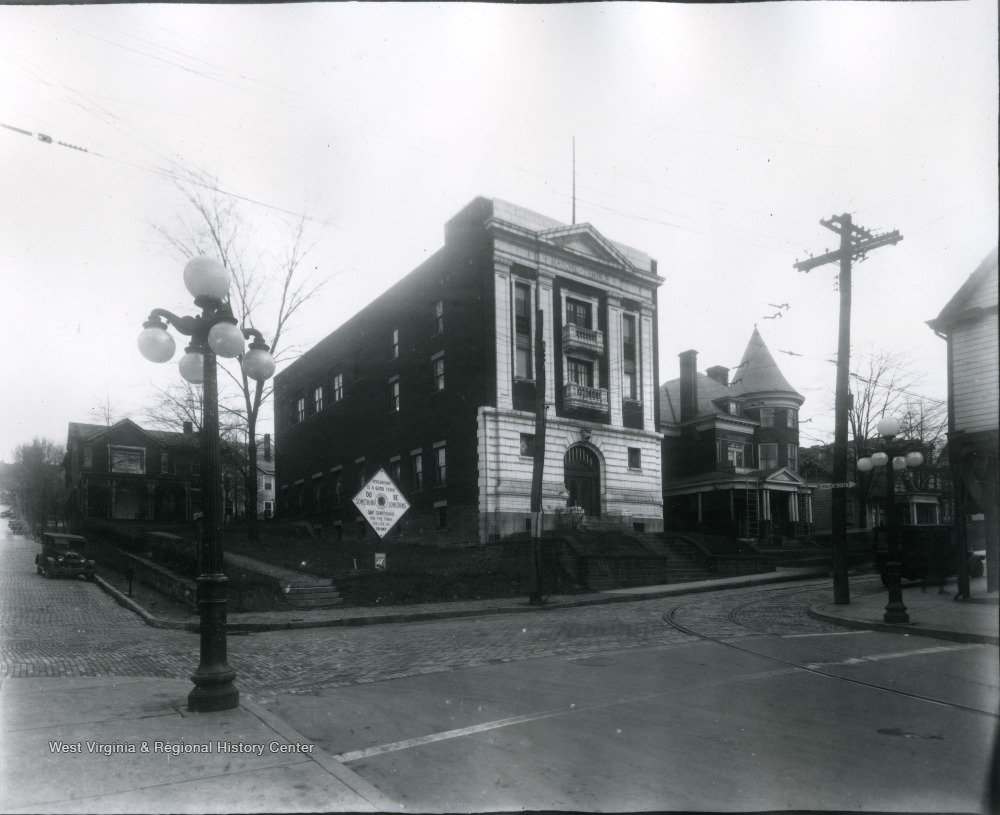
Because the patron was interested in a change in the structure, I suggested that we look at the Morgantown Sanborn Fire Insurance Maps. These maps were created to document the construction materials of buildings and were updated every few years. They are excellent sources when researching the growth of a community.
The Center’s Sanborn Fire Insurance Map Collection covers a number of towns and generally dates from 1884 through 1934. The earliest maps of Morgantown, 1892 and 1899, did not cover the area where the Boughner Home sat. We found it in the 1904 map bordering a portion of North High about half the width of the rest of the street.
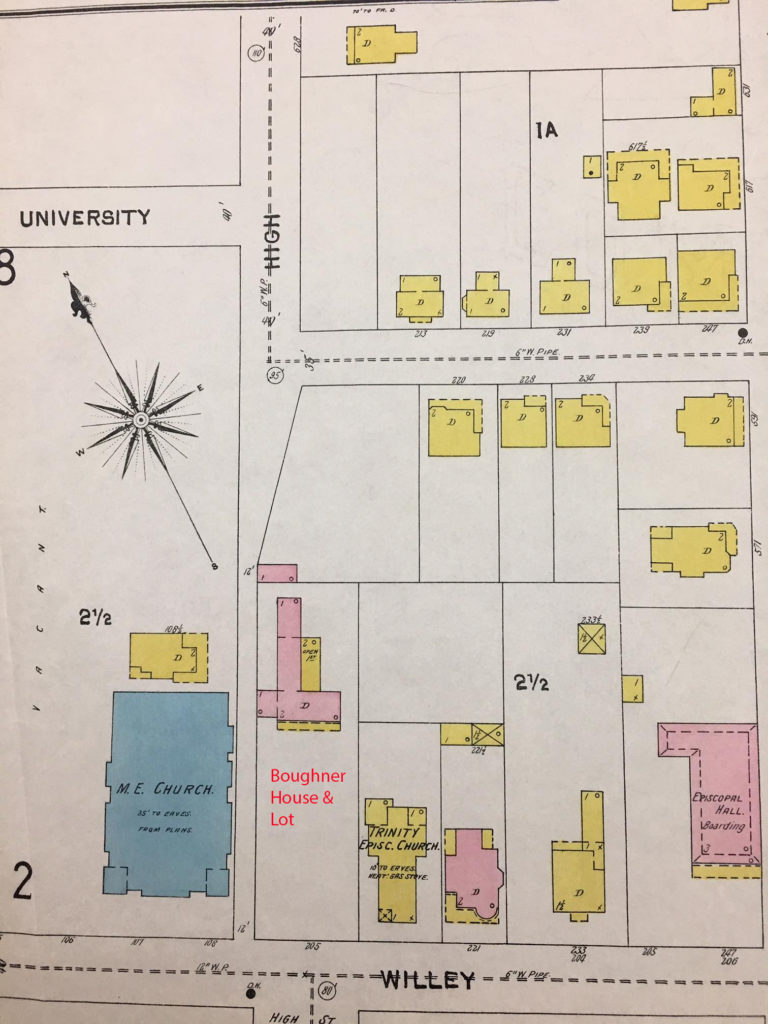
When we looked at the 1906 Sanborn, the next year available for Morgantown, we could see that North High had been widened and the house had been “chopped off” on that side. We found the answer! It is only a short span of two years when the house was changed to accommodate the growing city streets.

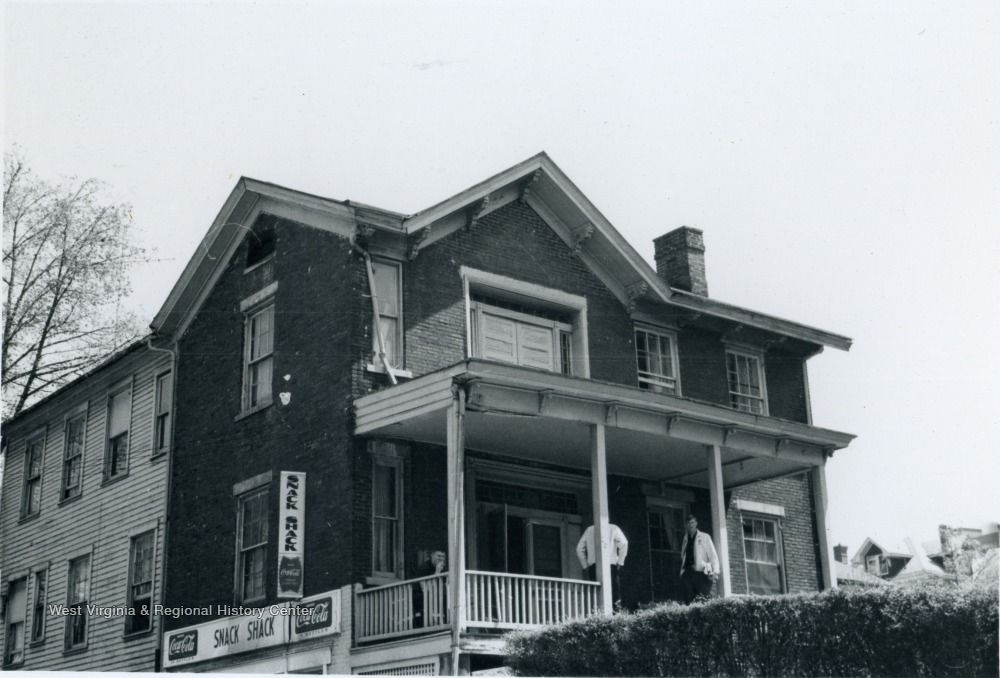
It was fascinating, fun, and extremely fulfilling to find this answer. The patron was very happy to make this discovery. I was too and I learned quite a bit about Dr. Boughner in the meantime. Next time I go to lunch at Panera, I will have a different perspective on the property!






July 20th, 2019 at 2:12 pm
Fascinating work you do!
July 29th, 2019 at 1:33 pm
This is so interesting! I hope you will also write something about Episcopal Hall.
August 12th, 2019 at 8:43 am
We do have a blog post about Episcopal Hall from a few years ago! https://news.lib.wvu.edu/2015/08/24/episcopal-hall-and-dormitory-life-in-1900/